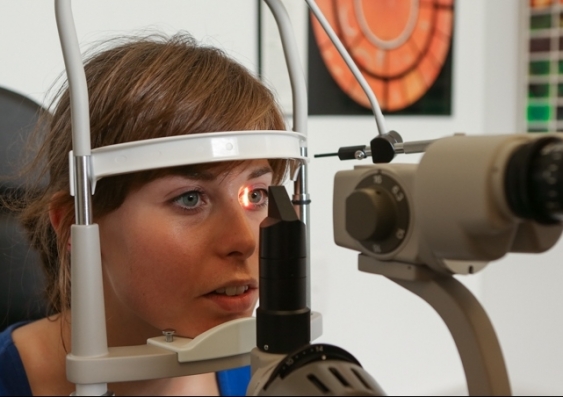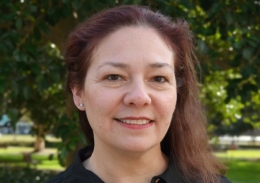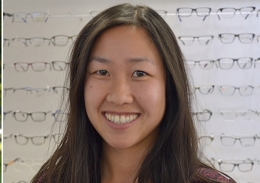Collaboration between eye care professionals improves glaucoma management
Optometrists and ophthalmologists at UNSW’s Centre for Eye Health are taking a new approach to managing patients with glaucoma.
Optometrists and ophthalmologists at UNSW’s Centre for Eye Health are taking a new approach to managing patients with glaucoma.

A unique collaborative clinic at UNSW’s Centre for Eye Health, where optometrists and ophthalmologists work side by side, is providing benefits for the management of patients with the blinding eye disease glaucoma.
“This new model of care we have established has great potential to help with the challenge to assess new, non-urgent outpatient referrals for glaucoma to public hospital ophthalmology within the 4-month regulatory requirement,” says study co-author and ophthalmologist Dr Michael P. Hennessy.
Glaucoma is a progressive optic neuropathy that affects approximately 3% of people aged 50 years and over. Its incidence is increasing as Australia’s population grows and ages. With no cure available, early detection, appropriate treatment and life-long monitoring are required to curb irreversible vision loss.
In an effort to relieve some of the pressure on public hospitals, a collaboration between the Prince of Wales Hospital Ophthalmology Department and the Centre for Eye Health led to the establishment of the Glaucoma Management Clinic at UNSW. This clinic was the first of its kind conceived in Australia and implemented immediately, once regulatory bodies arrived at an agreed framework through guidelines provided by the Optometry Board of Australia and The Royal Australian and New Zealand College of Ophthalmologists.
Optometrists refer patients with suspected glaucoma to the clinic where specially trained optometrists carry out advanced testing and recommend a management program in collaboration with ophthalmologists.
A study of the first 18 months of the clinic’s operations is published in the journal Clinical and Experimental Ophthalmology, including outcomes for more than 180 patients with a mean age of 60 years.

Dr Barbara Zangerl, UNSW School of Optometry and Vision Science.
Patients waited 43 days, on average, for an appointment. Most patients – 51% – were diagnosed with glaucoma, and 41% had suspected glaucoma requiring ongoing monitoring. A further 2 per cent had a different optical neuropathy, and only 6% were found to have no eye disease.
“Although collaborative arrangements between ophthalmologists and optometrists for patients with glaucoma have existed in the past, our clinic was one of the first integrated clinics that allows in-house collaboration,” says study lead author and UNSW research fellow Dr Barbara Zangerl.
“Results from the first 18 months of operation have justified the trust and vision needed to build this exceptional model with the two professions working side by side.”
Director of the Centre for Eye Health, UNSW Professor Michael Kalloniatis, says: “With 20% of patients choosing to transfer to the new clinic due to financial constraints, we believe this clinic can service the patients who are most in need, and can help prevent irreversible vision loss through early diagnosis and monitoring.”

UNSW PhD candidate, Jessie Huang, School of Optometry and Vision Science.
Study first author and UNSW PhD Candidate Jessie Huang says: “The asymptomatic nature of glaucoma during its early stages results in approximately half of all Australians affected with glaucoma not being diagnosed until they have already developed significant vision loss.”
To raise awareness about the disease during Glaucoma Australia’s Glaucoma Awareness Week, the UNSW School of Optometry and Vision Sciences and the Centre for Eye Health are hosting a B.I.G. Breakfast on Wednesday 14th March, 8 am to 10:30 am on campus.
In addition to the opportunity to learn more about glaucoma and enjoying light refreshments, staff, students and patients are welcome to engage with the authors and clinicians working to minimise vision loss from glaucoma in Australia.